Regular readers my recall that when the country was in the grip of our Level-4 Lockdown response to the COVID-19 pandemic, I was due to be on a ‘Field Trip’ down to Canterbury – visiting vineyards and sniffing out stories. One of the places that had caught my eye were the few wineries down on Banks Peninsula. Without too much chance to get down there again now in 2020, I resorted to sending down a few questions to Neil Pattinson of Whistling Buoy wines in Lyttelton. What came back through the ether was a fascinating read – well worthy of a WineFolio feature; and a recommended read for those of you interested in wines from our outlying regions.
WineFolio: What’s the background to Whistling Buoy?
Neil Pattinson: It all started back in 2000 as the development of an indicator site to see whether we could grow fabulous Pinot Noir…which as it turned out we could! So, in the year 2013, with a rush of blood to the head, we decided to try and turn the hobby into a commercial reality with the purchase of the kokolo vineyard a mere 3km away from the home block.
We are a family-owned boutique vineyard and winemaking company situated within the crater of Lyttelton Harbour, Banks Peninsula. The name “WHISTLING BUOY” comes from the marker Buoy between Adderley and Godley Heads which was used to aid navigation into the Port of Lyttelton.
From two unique sites (planted respectively in 2000 & 2001) we grow, and produce limited quantities of single vineyard, terroir-specific wines of great individuality and character. Our cultural perspective on vineyard management is for it to be totally sustainable. In both vineyards we focus on low yielding vines and intensive canopy management techniques, guaranteeing the best quality fruit from each vineyard site.
Even Romeo Bragato, on loan from the Victorian Government in 1895 to assess prospects for viticulture and wine making in New Zealand, identified and understood the special nature of Banks Peninsula as a unique cool climate grape growing region. And so, we continue with, and extend that reputation.
WF: How do you approach selling your brand (and wine) as a label outside of the ‘mainstream’ wine regions – how will you get people to try your wine?
NP: Being boutique we have focussed solely on producing premium wines of outstanding quality. So our approach to getting that message out there to the general population has been to win awards, awards and more awards. Both the 2015 and 2016 Pinot Noir have received numerous golds and the 2016 wine not only won gold (one of only two) in the 2018 Premium NW wine awards but was also selected for serving on AIRNZ business class flights this year (only to be dashed by COVID-19!)
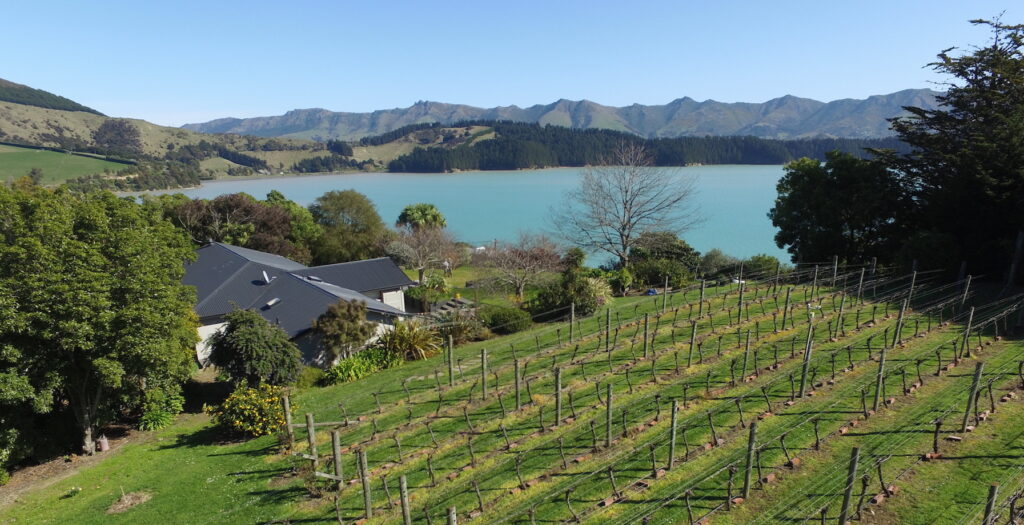
Our initial business model was to develop an exclusive wine club for discerning wine buffs who wanted a unique customer experience. We ran/run several vineyard events (providing learning, doing, and tasting opportunities) over the vineyard year. While this attracted early interest, we haven’t been able to grow it to a level that would make it a totally sustainable model.
As such our current approach has been to promote/increase our brand awareness through selected Foodstuffs/New World outlets within Christchurch and directly to our ever-expanding customer base on-line through our web site. This has included running local wine club, supermarket tastings and hosting degustation dinners/luncheons.
We are currently exporting into Australia and have been looking at export opportunities both in the US and Japan.
Unfortunately, while Banks Peninsula is a well-recognised geographical location; and a recreational playground, plus tourist attraction, for the city of Christchurch, it’s not really known or recognised as a wine growing region. There are however four commercial wineries within the craters of BP (3 in Akaroa; Ours in Lyttelton) and a number of wineries on the flanks of the peninsula. Perhaps enough to warrant its own Geographical Identity, quite separate and distinct to the North Canterbury GI!? An idea we have played with but yet to consolidate.
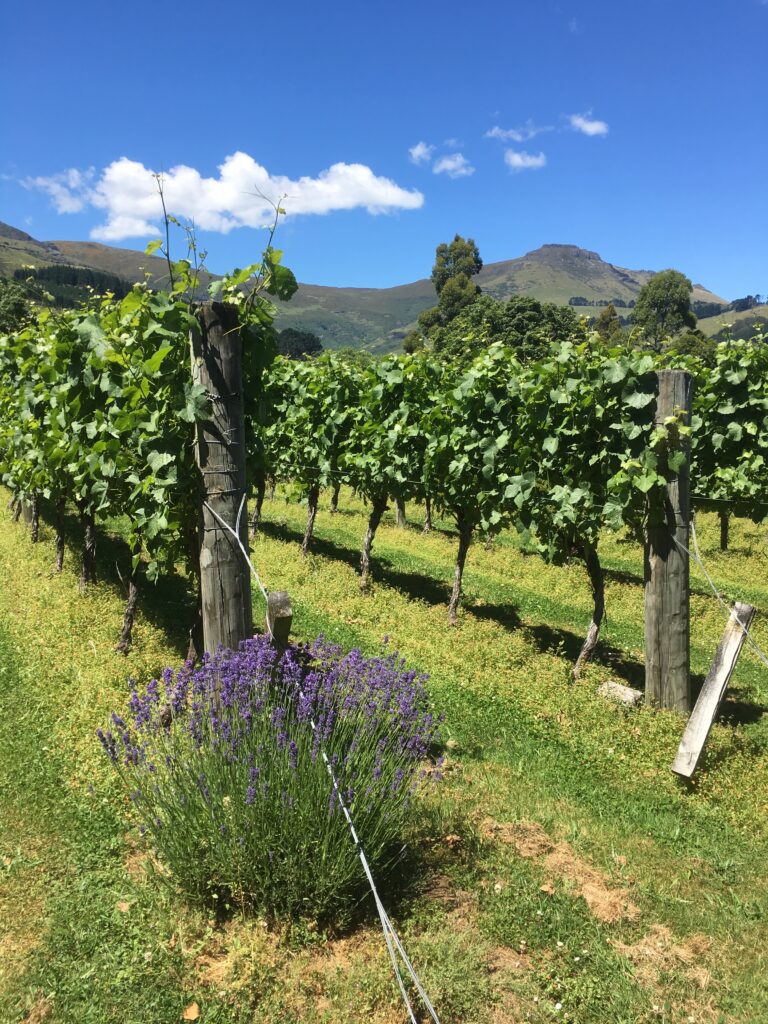
WF: Is there anything you feel is special or unique about the wines you’re producing – what are your strengths?
NP: Our geographical identity – Banks Peninsula is geographically, geologically, and climatically unique to the rest of Canterbury. The large body of surrounding waters from the Akaroa and Lyttelton Harbours provides a special and unique environment that mitigates the extremes of high and low temperature providing an extended growing season which allows optimal fruit development and maturation but still retaining a bold acidity.
Our initial site evaluation, in Charteris Bay, of sunshine accumulative hours indicated a latitude equivalent to Blenheim some 400km further North!
WF: And you have two sites now? Differences?
NP: The home block (half acre site) was first planted in 2000 and is exclusively planted in Pinot Noir made up of a mix of burgundian clones on root stock that were chosen to optimise the vineyard characteristics. The second (4h) vineyard site (Kokolo) is situated at the head of the harbour on a West facing slope. The vineyard name “Kokolo” came from its original Japanese owners and given that the literal English translation is “heart and mind” there seemed no good reason to change! Plantings on this site are both Pinot Noir and Chardonnay.
Both sites have been densely planted with inter-row spacing of 1.8–2 metres and vine spacing within a row of 1.2 metres. Both wine quality and yield per hectare are positively impacted under these more competitive conditions. The soils are primarily loessal in nature – which is glacial eroded greywacke silt, blown from the Southern Alps. These are considered young soils of medium fertility and are characterised by an organic rich topsoil varying in depth from 200 – 400mm and a clay/silt compact layer to a depth of 700–1200mm. This imparts a richness of flavour and intensity.
WF: Do you have other wines – NZ or overseas – that you benchmark yourselves to?
NP: No, we want our wines to reflect the purity and unique terroir of our site. However if pushed we do love the Pinot’s from the Mornington Peninsula and Tasmania.
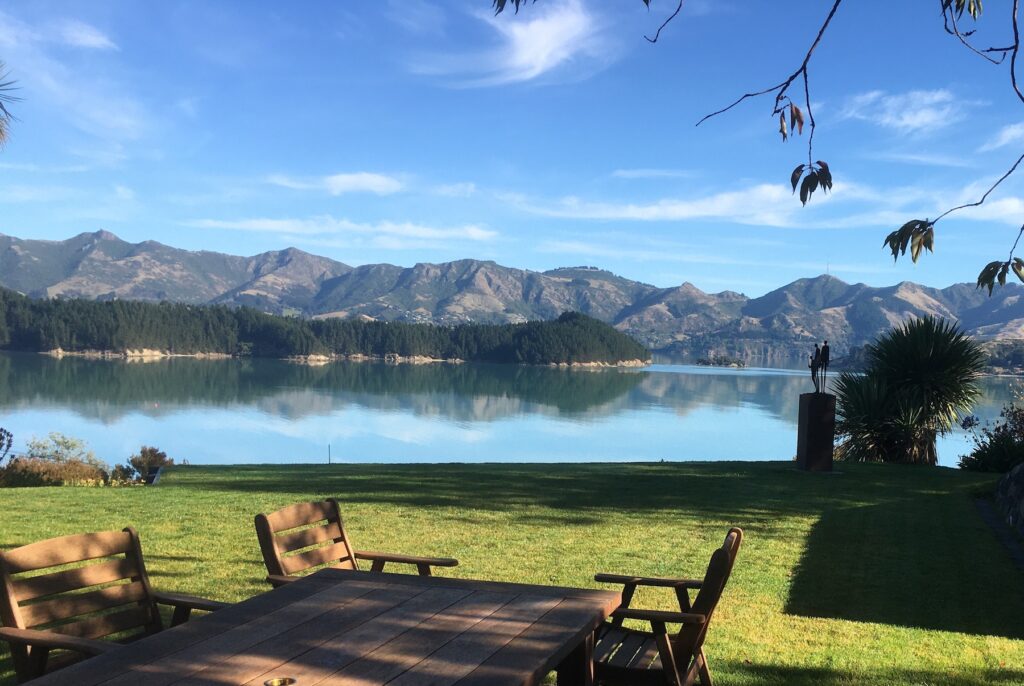
WF: Can you tell us a bit about your winemaking style? Whole bunch? Wild ferments? Natural wines? Sulphur? Oak influences..
NP: Our overall aim is to help express the terroir of Banks peninsula so it’s all about the preservation of fruit quality to give the wine a chance to truly express itself.
Grapes are hand harvested and chilled down to ~0-5 degrees C before being sorted and destemmed into an open top fermenter. The chilling is to extend to the cold maceration period to ~+5 days, this helps with anthocyanin extraction and overall colour stability.

The wines are left to ferment wild. Fermentation will normally start 3 – 5 day after destemming as the grape must is slowly warmed by the outside air temperature. Fermentation normally lasts 7 – 14 days, aiming for a fermentation temperature of close to 30 degrees C. Minimal intervention during fermentation, with plunging of the cap 1 – 3 times per day. Post ferment maceration can last from 1 to 2 week, Tasting daily looking at polymerisation/softening of tannins and overall balance of the wine. Gentle pressing cycle into a tank for settling of heavy solids then racked into barrel.
MLF is left to go wild. Due to the cooler climate in Canterbury MLF will start at the end of spring, stop during winter due to the temperature drop, then start again in spring with rising temperatures, finishing early to mid-summer. This slow MLF helps soak up any dissolved oxygen within the wines protecting and preserving fresh aromatics and flavours. A slow MLF is also responsible for light natural Lees stirring of the barrels as the rising CO2 bubbles help to create and enhance currents withing the barrel itself.
The wine is tasted throughout this process and flavour development is evaluated. Once tannin maturation is complete the wine is gently racked out of barrel and lightly sulphured, cold stabilised, and then bottled. The wine will then be aged before release.
WF: How was the 2020 harvest with the COVID-19 restrictions?
NP: No impact – down one staff intern. Otherwise all good to go. Was an excellent vintage with superb fruit maturation and quality.
WF: What trends have you noticed – or are predicting?
NP: Post covid-19: With reduced/cancelled export orders a flood of wine are now entering the domestic market which will impact prices and the survival of the small operators. Another blow to the truly independent producers!
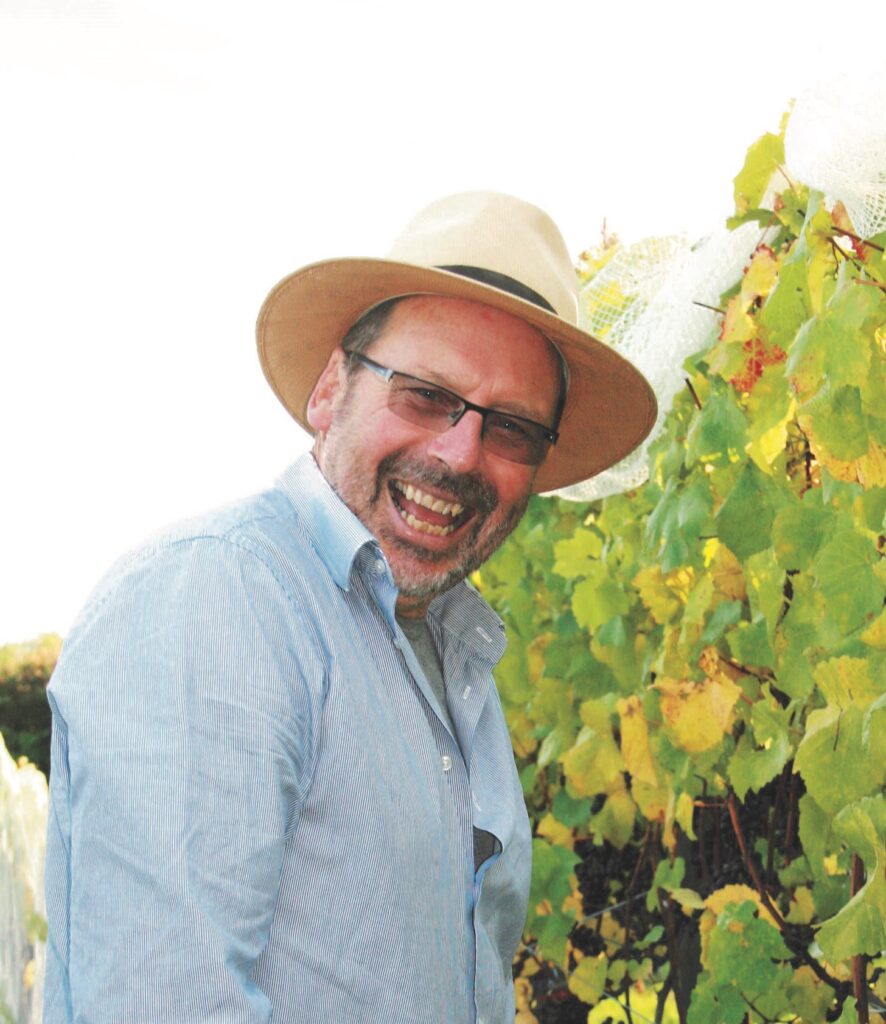
WF: What do think is next for New Zealand wines? Do you have specific plans?
NP: Premium status (must be retained and expanded); quality focus; clean/green image – if you can’t travel here at least you can have the opportunity to source and taste a bottle of it!?
WF: In what ways do you think the NZ wine industry might be affected by Climate Change?
NP: Too early to tell. Change in varietals perhaps. We can expect more extreme weather events with lost crops. Given it’s a low margin activity this will result in further loss of diversity and boutique offerings!

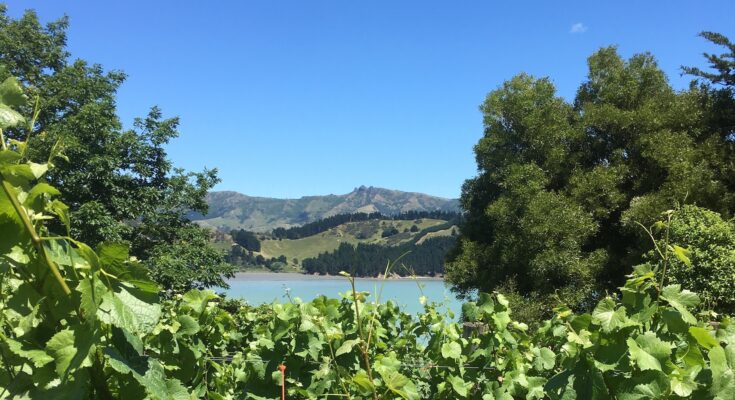
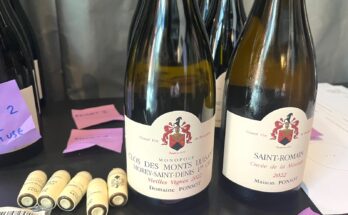
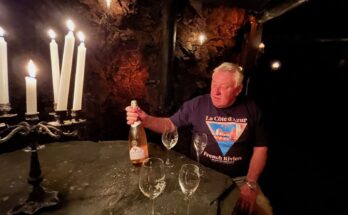
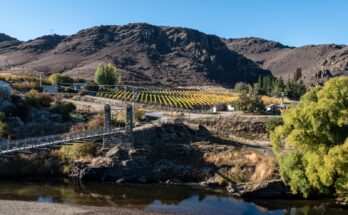
One Comment on “Whistling Buoy wines, Lyttelton”